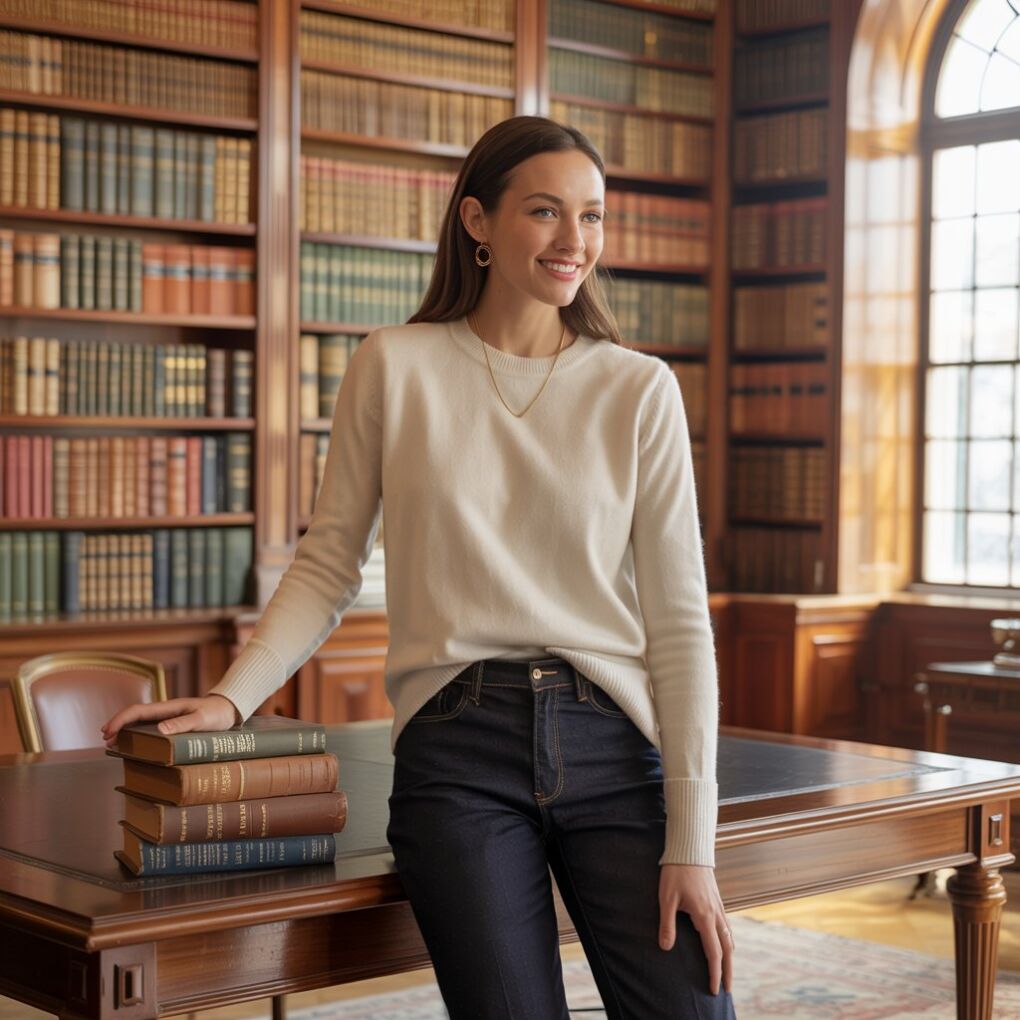There is a quiet confidence that comes with the old money style. It is not about logos splashed across your chest or bold trends that burn out after a season. Instead, it thrives on understatement, heritage, and refinement. Dressing old money is less about what you wear and more about how your clothes communicate composure, tradition, and self-assurance without ever shouting for attention.

1. The Philosophy Behind Old Money Style
Old money fashion has always been about substance over show. It avoids loud displays of wealth, focusing instead on craftsmanship and longevity. While new money chases trends, old money cultivates a wardrobe that will look just as fitting twenty years from now as it does today.
The essence lies in quiet luxury: neutral palettes, clean tailoring, and fabrics that improve with time. Think wool, cashmere, linen, and fine cotton. Labels don’t matter—quality does.
2. The Staples of an Old Money Wardrobe
To dress in the old money style, one must focus on building a foundation of timeless staples rather than indulging in fleeting pieces.
- Tailored Blazers & Sport Coats
A navy blazer or a muted tweed jacket embodies sophistication. Fit is everything—structured, yet relaxed enough to suggest ease rather than effort. - Crisp White Shirts
A well-pressed white shirt is the backbone of quiet elegance. Pair it with trousers, chinos, or under a cashmere sweater for versatility. - Cashmere & Wool Sweaters
Crewnecks, v-necks, and cardigans in soft tones like cream, beige, or navy are essential. They exude warmth, refinement, and subtle class. - Well-Cut Trousers & Chinos
Avoid skinny or overly baggy fits. Old money leans toward straight cuts that complement natural movement. Earth tones and neutral colors always win. - Classic Shoes
Loafers, Oxfords, and polished boots in quality leather define the old money aesthetic. Black and brown dominate, but suede is equally accepted when styled correctly.
3. The Color Palette of Discretion
The old money wardrobe is rarely flashy. Instead, it relies on muted, versatile colors that convey calm assurance. Navy, cream, white, grey, camel, and olive are preferred. Patterns, if present, are subtle: thin stripes, quiet plaids, or houndstooth.
4. Accessories That Whisper, Not Shout
Accessories are chosen with restraint. A slim leather watch, a silk tie in muted shades, or a discreet pocket square adds personality without overstatement. Jewelry is minimal—often heirloom pieces rather than trend-driven purchases.
5. Fabrics That Speak of Heritage
True old money style values the touch of clothing as much as the look. Linen in the summer, cashmere and wool in winter, cotton year-round. Unlike synthetic fabrics, these materials age gracefully and improve with wear, telling a story of refinement.
6. The Subtle Art of Grooming
Dressing old money does not end with clothing. Grooming plays an equally important role. Hairstyles are kept neat and classic. Beards, if worn, are trimmed and intentional. Perfume or cologne is never overpowering, only a whisper of refinement.
7. Lifestyle Reflected Through Clothing
Old money style is inseparable from the lifestyle it reflects: understated leisure, intellectual pursuits, and traditions passed down. A polo shirt paired with loafers suggests weekends at the club; tweeds hint at countryside retreats. The wardrobe is not a costume but an extension of heritage.
8. The Cardinal Rule: Effortless Elegance
Above all, old money dressing must appear effortless. If it looks like you tried too hard, the illusion breaks.
